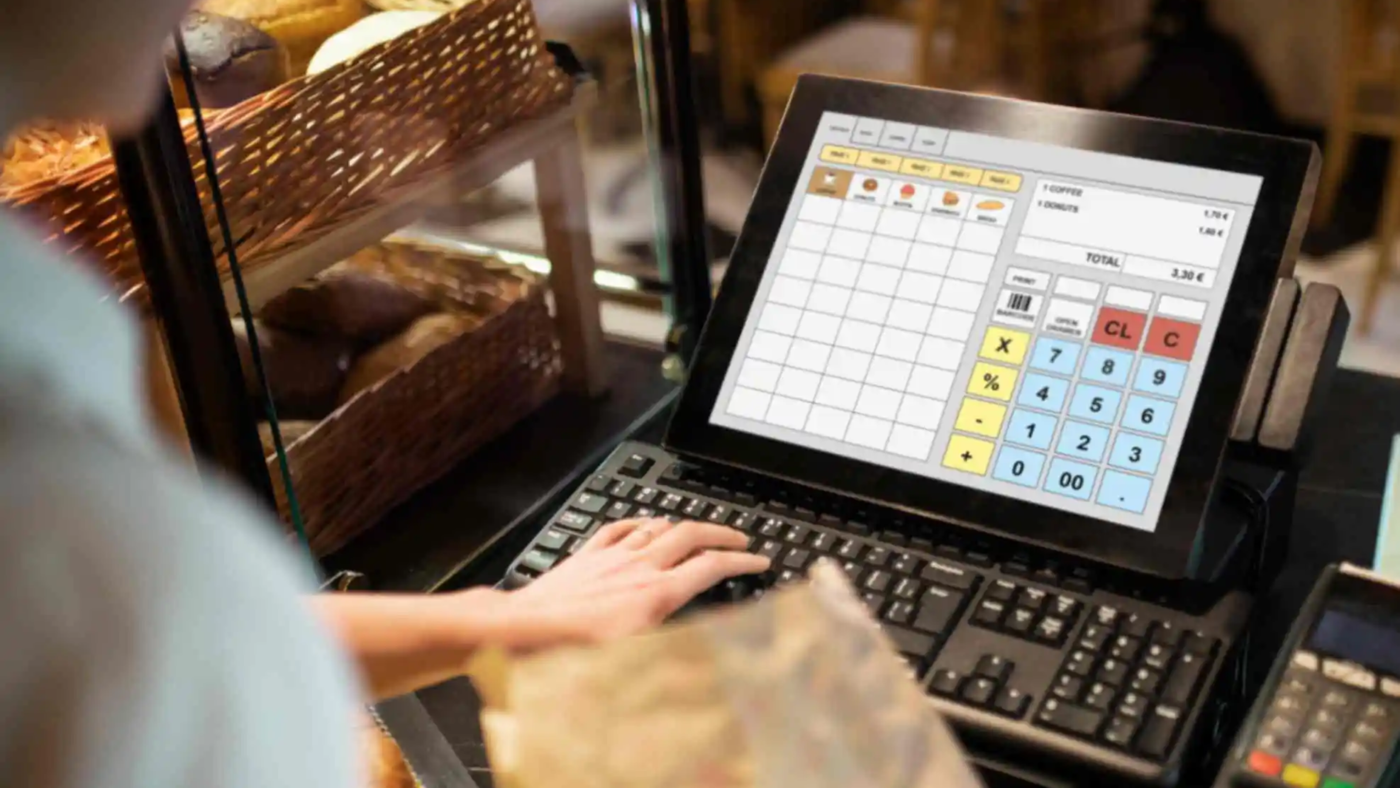In today’s competitive restaurant landscape, operational efficiency is key to delivering exceptional dining experiences and maximizing profitability. Installing a Point of Sale (POS) system plays a pivotal role in achieving these goals by streamlining order processing, inventory management, and customer interactions. This comprehensive guide explores the crucial steps and considerations involved in implementing a POS system tailored to the unique needs of restaurants.
Why Install a POS System?
A POS system transforms restaurant operations by consolidating multiple functions into one unified platform.It integrates hardware like terminals, printers, and scanners with intuitive software designed to handle:
- Order Management: Streamline order taking, modification, and fulfillment, ensuring accurate and prompt service.
- Inventory Control: Track ingredient levels in real-time, automate reordering, and minimize wastage with precise inventory management.
- Customer Experience: Enhance guest satisfaction with faster service, personalized interactions, and seamless payment processing.
Steps to Installing a POS System
1. Assessment and Planning
Begin by assessing your restaurant’s specific needs and operational workflows. Consider factors such as:
- Menu Complexity: Determine if your POS system can handle multiple menus, modifiers, and specials effectively.
- Integration Requirements: Ensure compatibility with existing systems such as accounting software, loyalty programs, and online ordering platforms.
- Hardware Requirements: Evaluate the number and placement of POS terminals, printers, and kitchen displays based on restaurant layout and customer flow.
2. Choosing the Right POS System
Choosing the right Point Of Sale system requires assessing its features, scalability, and the support provided by the provider.:
- Feature Checklist: Look for essential functionalities like table management, split checks, inventory tracking, and reporting capabilities.
- Scalability: Choose a system that can grow with your restaurant, accommodating future expansions and technology advancements.
- Support and Training: Opt for a provider offering comprehensive training for staff, ongoing technical support, and regular software updates.
3. Installation Process
Once you’ve chosen a POS system, prepare for installation by:
- Hardware Setup: Install terminals, printers, cash drawers, and any additional peripherals according to manufacturer guidelines and restaurant layout.
- Software Configuration: Customize the POS software to reflect your menu items, pricing, modifiers, and operational preferences.
- Network Integration: Ensure stable internet connectivity and configure the POS system to communicate seamlessly with other devices and systems.
4. Testing and Training
Before implementing the new Point Of Sale system, thorough testing should be conducted:
- Functionality Testing: Verify all POS features including order processing, payment acceptance, and inventory updates.
- User Training: Train staff on using the POS system efficiently, covering tasks like order entry, table management, and troubleshooting common issues.
5. Go-Live and Optimization
Transition to the new Point Of Sale system gradually to minimize disruptions:
- Monitor Performance: Track system performance, user feedback, and operational metrics to identify areas for improvement.
- Optimize Operations: Fine-tune POS configurations, menu layouts, and workflow processes based on real-world usage and staff feedback.
Implementing a POS system in Dubai restaurant is a strategic investment that boosts efficiency, enhances customer service, and drives profitability. By carefully assessing your needs, choosing the right system, and implementing it methodically, you can transform your restaurant operations and set the stage for sustainable growth in a competitive industry landscape.
Embrace the power of technology with a robust Point Of System system tailored to your restaurant’s unique requirements, and elevate your business to new heights of success in the digital age.


Add a Comment